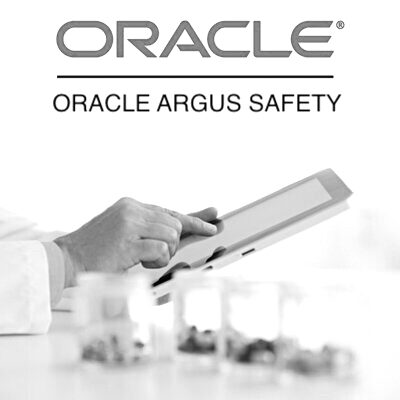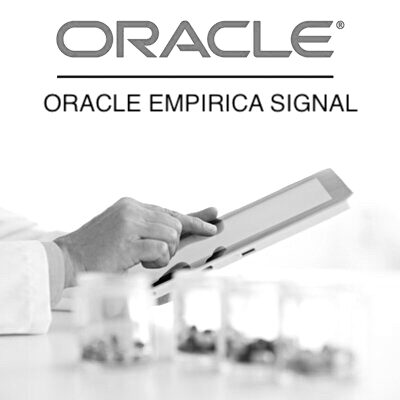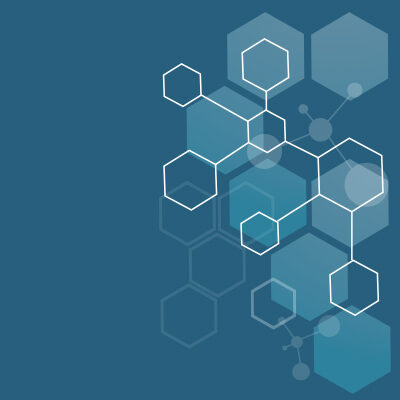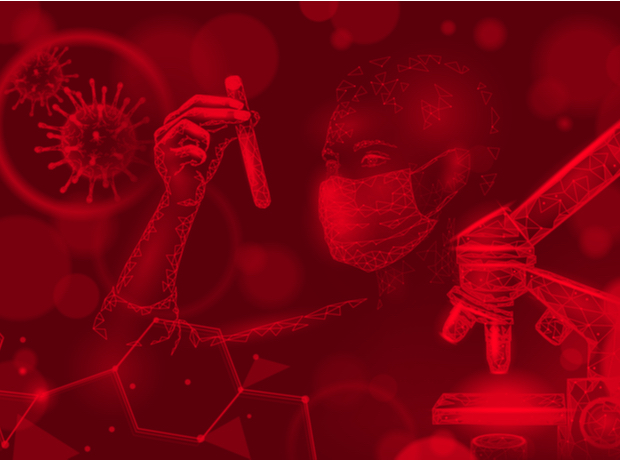Pharmacovigilance in a Pandemic World: Ensuring Safety Amidst Crisis
Table of Contents
- Introduction
- The Importance of Pharmacovigilance
- Challenges in Pharmacovigilance During a Pandemic
- Innovations in Pharmacovigilance
- Conclusion
- Oracle Argus Safety Essentials
- Oracle Argus Safety Essentials + Console
- Oracle Argus Safety – Live Online
- Oracle Argus Safety + Console – Live Online
- Oracle Empirica Signal
- Oracle Empirica Signal – Live Online
- Diploma in Pharmacovigilance
- Argus Safety – Business Configuration and Administration
Introduction
In a world marked by unprecedented global health crises, pharmacovigilance has emerged as a critical component in safeguarding public health. The COVID-19 pandemic, which swept across the globe in 2019, highlighted the paramount importance of monitoring the safety and efficacy of pharmaceutical products. Pharmacovigilance, the science and activities related to the detection, assessment, understanding, and prevention of adverse effects or any other drug-related problems, has taken center stage. This blog explores the vital role pharmacovigilance plays in a pandemic world, emphasizing the need for robust systems, global cooperation, and innovative technologies to ensure public safety.
The Importance of Pharmacovigilance
Pharmacovigilance, derived from the Greek words “pharmakon” (drug) and “vigilare” (to keep watch), is the vigilant surveillance of pharmaceutical products once they enter the market. Its primary objective is to identify, evaluate, and minimize risks associated with drug use while maximizing their benefits. In the context of a pandemic, such as COVID-19, the stakes are exceptionally high. Rapid vaccine development and distribution are crucial, but so is ensuring the safety of these vaccines and any other pharmaceutical interventions.
- Early Detection of Adverse Events
In a pandemic, speed is of the essence. New drugs and vaccines must be developed and distributed quickly to save lives. However, the accelerated development and deployment of these products can increase the risk of unforeseen adverse events. Pharmacovigilance systems serve as early warning systems, allowing health authorities to identify and investigate any adverse events promptly. This ensures that unsafe products are withdrawn from the market swiftly, reducing harm to patients.
- Building Public Trust
Public confidence in pharmaceutical interventions is essential for their success. A robust pharmacovigilance system demonstrates that authorities take the safety of these products seriously. By being transparent about adverse events and actions taken, regulators can build and maintain trust in the healthcare system even during a pandemic.
- Data-Driven Decision-Making
Pharmacovigilance is inherently data-driven. The collection and analysis of data on adverse events provide valuable insights into the safety profile of drugs and vaccines. In a pandemic, data can inform decisions about which products should be prioritized for distribution, adjusted dosing regimens, or even halted production in cases of severe safety concerns.
Challenges in Pharmacovigilance During a Pandemic
While pharmacovigilance is indispensable during a pandemic, it faces several unique challenges:
- Rapid Development and Deployment: The urgency of a pandemic requires the rapid development and distribution of drugs and vaccines. This compressed timeline can limit the amount of pre-market safety data available, making post-market surveillance even more critical.
- Vaccine Hesitancy: Misinformation and vaccine hesitancy are significant challenges in pandemic response. Pharmacovigilance must address these concerns by providing credible information and promptly investigating and addressing reported adverse events.
- Global Coordination: In a pandemic, pharmaceutical products are distributed worldwide. Effective pharmacovigilance requires international collaboration to ensure that safety data are shared, harmonized, and acted upon across borders.
- Data Volume: The sheer volume of data generated during a pandemic can be overwhelming. Pharmacovigilance systems need to handle and analyze vast datasets efficiently to identify safety signals amid the noise.
Innovations in Pharmacovigilance
To meet the challenges posed by pandemics, pharmacovigilance must continually evolve. Several innovative approaches and technologies are enhancing the field:
- Artificial Intelligence (AI) and Machine Learning: AI algorithms can sift through large datasets to identify potential safety signals more efficiently than manual review. Machine learning models can also predict adverse events, aiding proactive risk management.
- Social Media Monitoring: Social media platforms are rich sources of real-time health data and can be used to detect early signals of adverse events or emerging health trends, especially related to vaccines.
- Blockchain Technology: Blockchain can enhance the security and traceability of pharmacovigilance data, ensuring the integrity of the information collected.
- Telehealth and Remote Monitoring: The rise of telehealth during the pandemic allows for remote monitoring of patients, making it easier to collect data on adverse events and their outcomes.
- Global Collaboration Platforms: Digital platforms can facilitate global cooperation by allowing pharmacovigilance agencies from different countries to share data and insights in real-time.
Conclusion
Pharmacovigilance is the backbone of drug safety in a pandemic world. It plays a pivotal role in ensuring that the benefits of pharmaceutical interventions outweigh the risks. The COVID-19 pandemic has highlighted the importance of robust pharmacovigilance systems that can adapt to rapidly changing circumstances and handle vast amounts of data.
As we move forward into a future that is likely to include more pandemics and emerging health threats, investment in pharmacovigilance infrastructure and innovation is crucial. By doing so, we can ensure that pharmaceutical interventions continue to save lives while safeguarding public health. Global collaboration, transparency, and the integration of cutting-edge technologies are the keys to success in the challenging but essential field of pharmacovigilance in a pandemic world.
You may be interested in…
-
 eLearning + software
eLearning + softwareOracle Argus Safety Essentials
$599.00 -
 eLearning + software
eLearning + softwareOracle Argus Safety Essentials + Console
$799.00 -
 Live Online
Live OnlineOracle Argus Safety – Live Online
$999.00 -
 Live Online
Live OnlineOracle Argus Safety + Console – Live Online
$999.00 -
 eLearning + software
eLearning + softwareOracle Empirica Signal
$599.00 -
 Live Online
Live OnlineOracle Empirica Signal – Live Online
$999.00 -
 eLearning + software
eLearning + softwareDiploma in Pharmacovigilance
$799.00 -
 eLearning + software
eLearning + softwareArgus Safety – Business Configuration and Administration
$599.00

